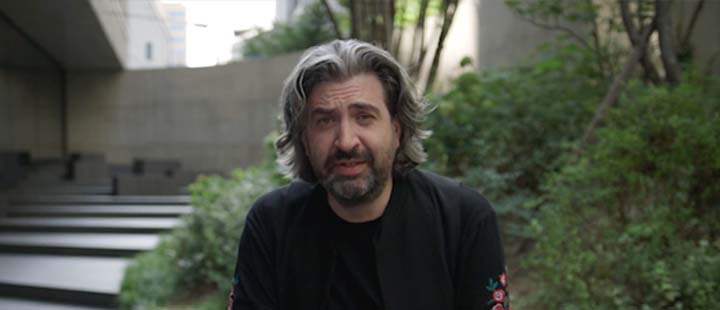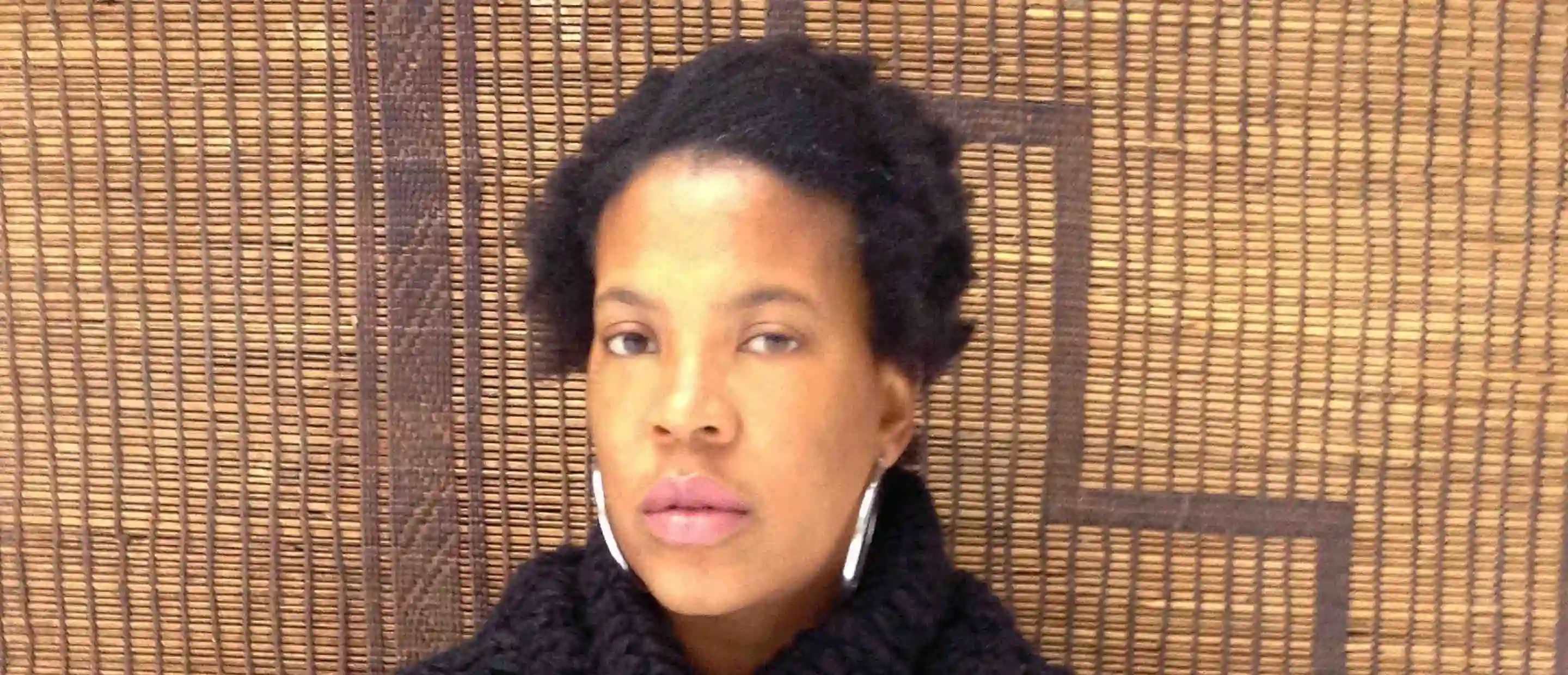In her drawings and collages, Ukrainian artist Lada Nakonechna deals with the situation in her homeland and the ideological power of images that tell of war. Today, her work is more urgent than ever.
The artist, who lives in Kyiv, deals with the political situation in her home country in her work. She is particularly interested in the power and manipulation of images, their ideological context, and the difference between information and propaganda.
As early as 2014, shortly after the mass protests on the Maidan, Kyiv's central square, a series of Nakonechna's drawings was purchased for the Deutsche Bank Collection. In 2018, her works were shown in the collection exhibition "World on Paper" at the PalaisPopulaire in Berlin.
Work that aims to expand the viewer’s critical apparatus
It is always landscapes or architecture that Nakonechna works with in her installations, videos, performances, pencil drawings or collages. As she puts it, she wants to expand the viewer's "conceptual apparatus" and make them aware of how political events, wars and violence inscribe themselves in reality, its images and our perception.
A good example of this is her 2016 work "Merge visible. Composition number 43”, which is part of an extensive series. At first glance, the collage looks like an abstract, constructivist composition. But it is actually made up of fragments of photographs that Nakonechna collected online. They all show bombed-out, burnt-down buildings from the war zones of eastern Ukraine. "Merge visible" is a Photoshop function that allows you to merge all visible layers into one. With this in mind, Nakonechna began to cut out by hand with a scalpel everything from the printed image that had been burned or destroyed. All that remained were fragments, sometimes just lines.
These collages subtly allude to Suprematism, the Russian avant-garde movement of the early 20th century that sought to use geometric abstraction to convey three-dimensionality and movement, which was a new, transcendent way of thinking for a new society. In contrast, Nakonechna's thinking, like the scalpel in her hand, follows the path of destruction, erasure and trauma. Metaphorically, she tries to save what she can but in doing so she also reveals the loss, the gaps in memory – a wholeness that is lost forever.
About this article series
This article forms part of a special series celebrating Deutsche Bank’s 20 years as Global Lead Partner of Frieze art fairs, taking a closer look at 20 artists we have collaborated with and whose work features in the Deutsche Bank Collection.
Deutsche Bank's commitment to art and culture
Deutsche Bank is the Global Lead Partner for Frieze art fairs, with 2023 marking the 20th year of the partnership. As part of its Art & Culture commitment, Deutsche Bank has supported and collected the work of cutting-edge, international artists for more than 40 years. A global leader in corporate art programmes, the bank also runs an Artist of the Year programme, as well as its own cultural centre in Berlin, the PalaisPopulaire. All initiatives are based on the strong belief that engagement with art has a positive impact, not only on clients and staff but also on the communities in which the bank operates. Further collaborations such as the Deutsche Bank Frieze Los Angeles Film Award in the United States, The Art of Conversation in Italy, the Frieze x Deutsche Bank Emerging Curators Fellowship in the United Kingdom, and the digital platform Art:LIVE, create access to contemporary art for people all around the world. Discover more here.
Please find more information on Deutsche Bank’s art programme at db.com/art and follow us on Instagram @deutschebankart
Main image: Lada Nakonecha, “Merge visible. Composition number 43, 2016”, Photography, cut out, pencil © Courtesy of the artist and Galerie EIGEN + ART Leipzig/Berlin
Developed by
Deutsche Bank Art & Culture










